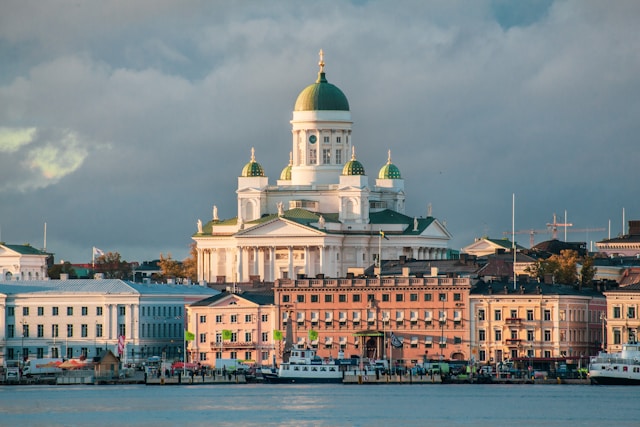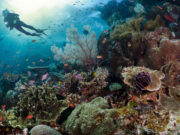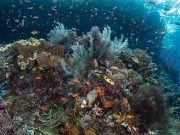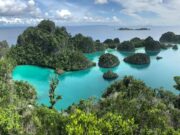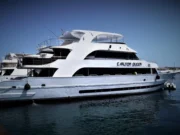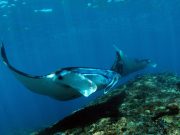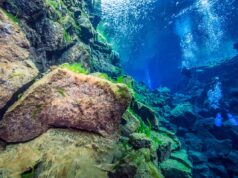Finland may be on the colder side, but it is an excellent diving destination if you’re looking for an adventure. Known as the “Land of a Thousand Lakes,” Finland is a freshwater diver’s paradise. With over 188,000 lakes, there is plenty of water to explore. These crystal-clear lakes boast fascinating geological formations and many unique freshwater plants and animals to encounter.
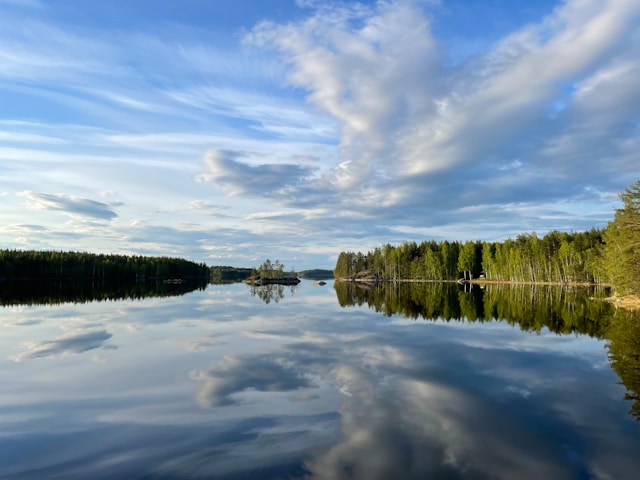
If saltwater is more your style, Finland is also home to an extensive coastline along the Baltic Sea, where you can explore this area’s rich maritime history, evidenced by the numerous shipwrecks lying just beneath the surface. So whether you’re looking to explore fresh or saltwater dive sites, Finland has something for everyone. Here are some of the best places to go diving in this Arctic wonderland:
1. Lake Saimaa
Although Finland is filled with freshwater lakes, Lake Saimaa gets special mention as it is the largest lake in the country and the fourth largest in Europe. Lake Saimaa is a must-visit dive site as the lake is filled with clean, clear water offering excellent visibility, often exceeding 15 meters (50 feet). You can explore exciting topography throughout the lake, including steep cliffs, rocky outcrops, and sandy bottoms. Even more exciting, however, is the possibility of encountering the endangered Saimaa ringed seal – one of the rarest seals in the world. Efforts to protect and conserve this freshwater seal have been ongoing, and while encounters underwater are rare, seeing one of these elusive animals is a highlight for any diver.
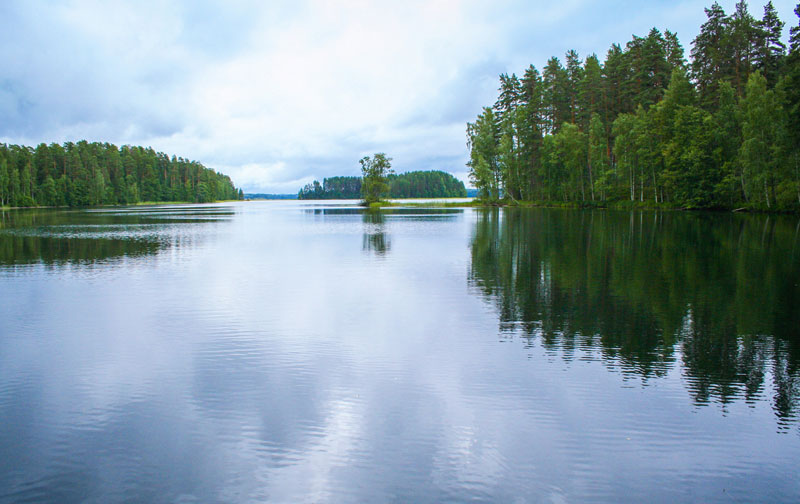
2. The Baltic Sea
Most of Finland’s diving takes place in the Baltic Sea. This area has a rich maritime history, which has resulted in hundreds, if not thousands, of shipwrecks to explore. Additionally, thanks to the Baltic Sea’s low salinity, these wrecks have been very well preserved over the years, making for some excellent dive sites. In addition to the fantastic wreck diving, the Baltic’s low-salinity environment offers a unique aquatic habitat where you can see an exciting mix of marine life, including Baltic herring, sea trout, and various species of crabs and molluscs.
Diving in the Baltic Sea is possible year-round, but the best conditions are typically found from late spring to early autumn. During these months, water temperatures range from 4°C to 20°C (39°F to 68°F), providing relatively comfortable conditions for dry suit diving. During peak season, you may even get away with wearing a thick wetsuit. Winter diving is also possible but requires more specialized equipment and preparation due to the extreme cold and ice cover in some areas.
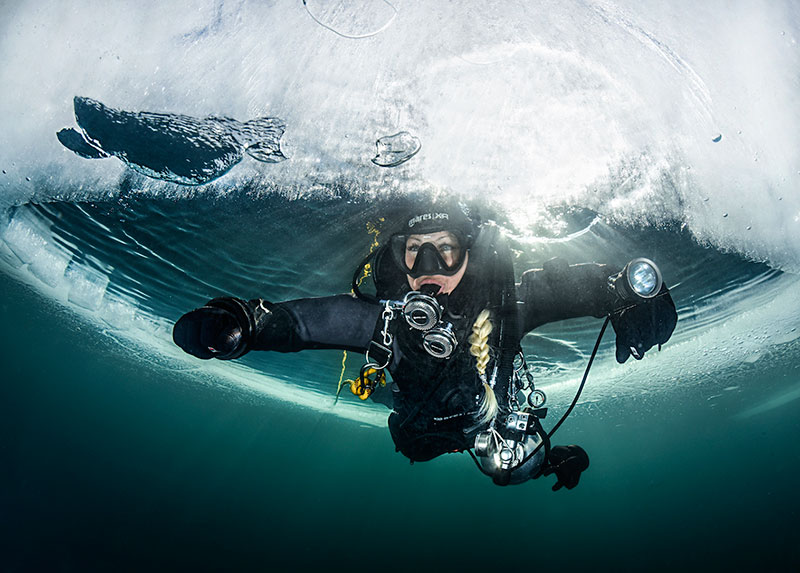
The Hanko Peninsula, located on Finland’s southern coast, is a prime spot for Baltic Sea diving, offering numerous dive sites to explore, ranging from shallow rocky reefs to deeper wrecks. This area’s varied underwater terrain includes rocky outcrops, kelp forests, and sandy bottoms filled with a wide range of marine life.
3. Åland Islands
The Aland Islands are an autonomous region of Finland found at the entrance of the Gulf of Bothnia from the Baltic Sea. Comprised of nearly 6700 islands, this dense archipelago is famous for its beaches and quaint streets lined with 19th-century wooden homes, shops, and cafes. Avid wreck divers love the Aland Islands as they are home to one of the highest densities of shipwrecks in the world, with over 500 known wrecks.
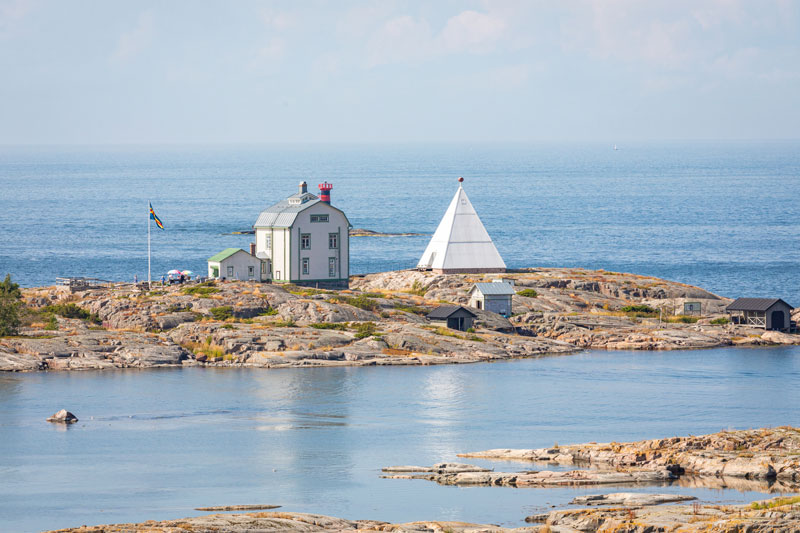
Diving the Aland Islands can be a bit tricky, however, as general scuba diving is banned without special permission. You can obtain a diving license from the Aland Government, which only issues a certain number of permits annually to help protect and preserve the surrounding shipwrecks. The extra hassle is worth the effort, as you will see some of the world’s largest, best-preserved shipwrecks, even those with wooden hulls. Many wrecks do sit in deeper waters, so it is highly recommended to have experience with technical diving before planning a trip to this area.
Additional tips for diving in Finland:
Because diving in Finland is a unique experience, we want to share some additional tips to help make your Finnish diving holiday a success:
- Finland is passionate about environmental conservation, which extends to its underwater environments. The Finnish government and its people make great efforts to protect and preserve the natural state of its lakes and coastal areas. Please make sure you follow all local regulations and practice responsible diving.
- Contact a Finish dive centre to dive with. Using a local guide will allow you to have the best experience and visit the best dive sites for the season you are visiting.
- Be prepared for cold water. Even in the summer, Finland water temperatures are pretty chilly; therefore, we highly recommend wearing a 7mm wetsuit with a hooded vest, thick gloves, and thick booties, or a full dry suit.
- Diving in Finland can require additional training beyond the basic Open Water Diver level. Since a lot of the diving includes dry suit diving, ice diving, and wreck diving, we highly recommend obtaining those diving certifications before visiting.
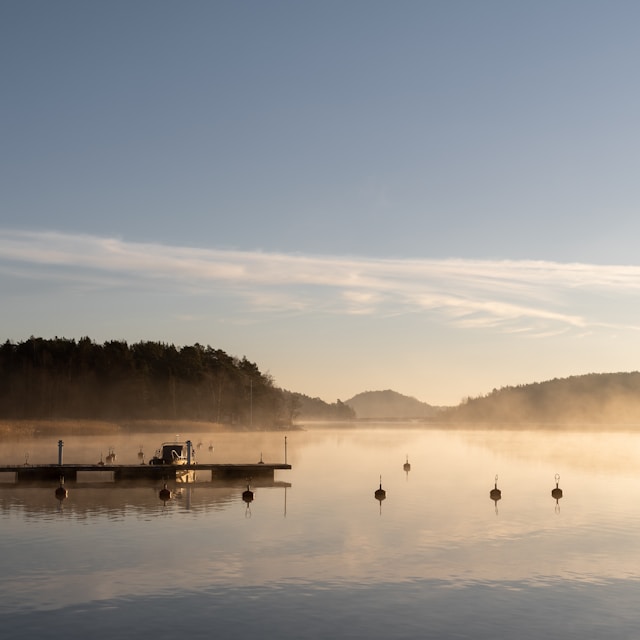
Finland offers a unique blend of natural beauty, history, and adventure. With its well-developed diving infrastructure and strong emphasis on conservation, Finland is an excellent destination for divers looking to experience something unique. So, pack your gear and prepare to dive into Finland; it’s an adventure you’ll never forget.
